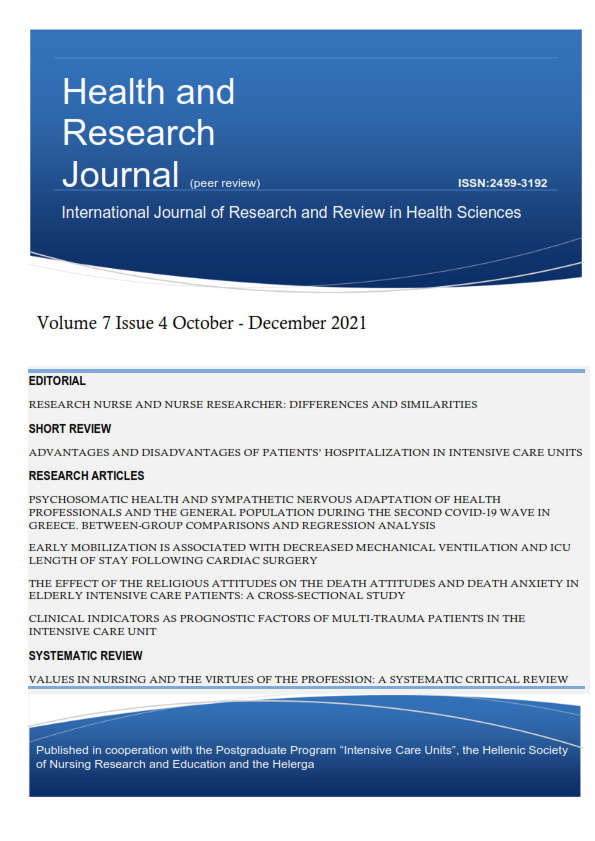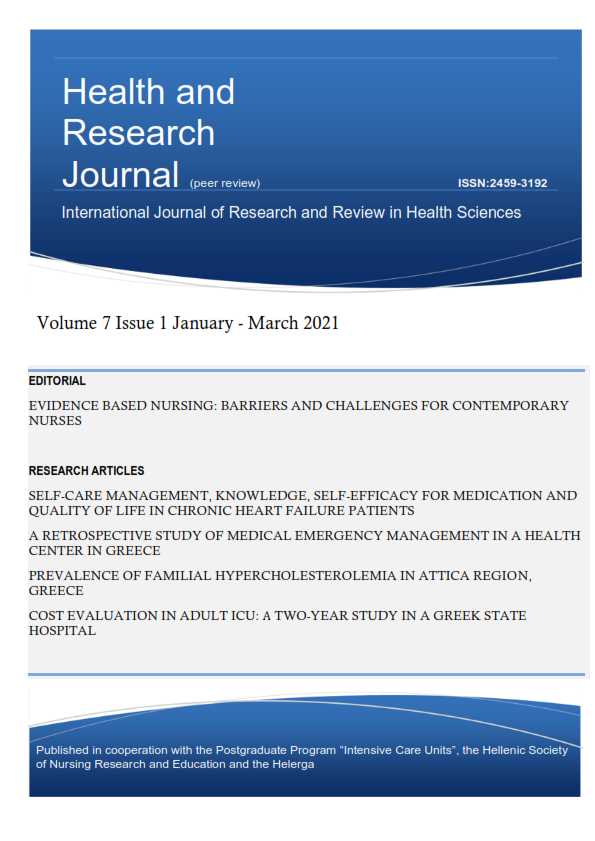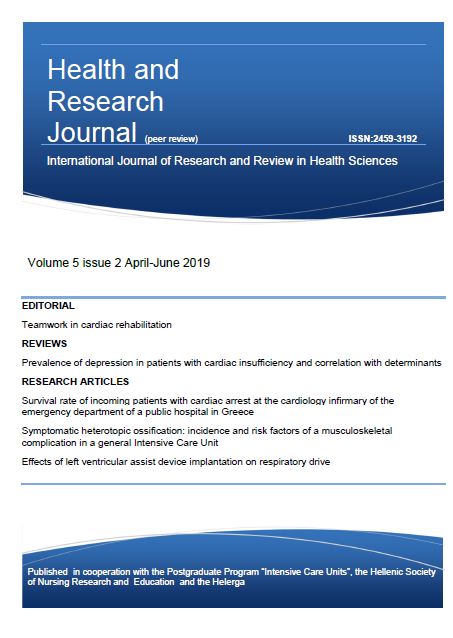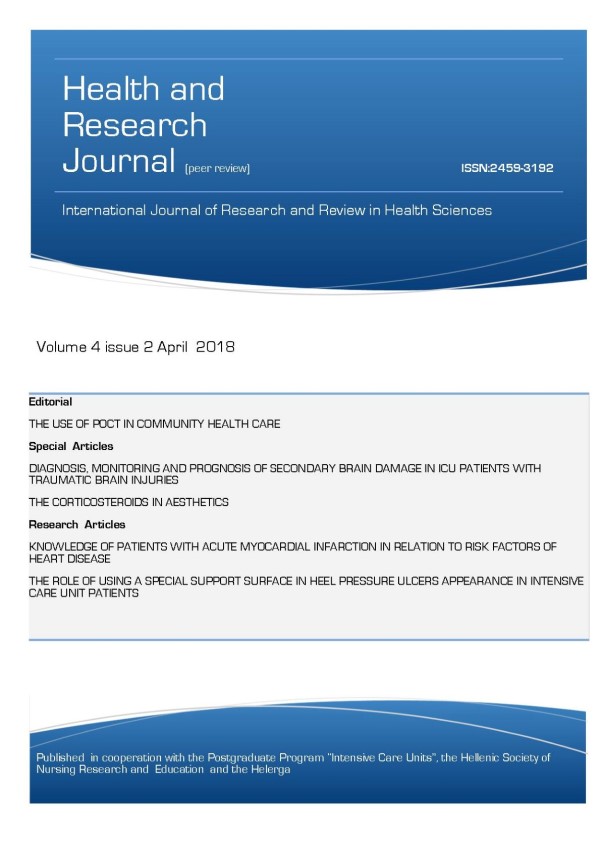Radial versus femoral access in cardiac catheterization and angioplasty. a comparative study

Abstract
Introduction: The radial artery’s use for performing cardiac catheterization, angiography and angioplasty of the coronary vessels, is an alternative way versus the access widely utilized femoral artery.
Aim: The aim of this study was to assess the potential advantages of radial versus femoral access.
Material and Method: The study population was 202 patients, who were referred to coronary angiography or intervention coronary angioplasty.Statistical analysis was performed using the statistical package SPSS ver.18. For evaluation of pain was used Visual Numeric Pain Intensity Scale (visual analogue scale, VAS), which comprises using a calibrated scale of 0- 10.
Results: From 1 to 30 May 2014 underwent coronary angiography in 202 patients, of whom 112 (55.4%) with RA and 90 (44.6%) with FA.Patients in the RA group showed higher VAS scores (1 ± 0.1) than those in FA group after catheterization (0.2 ± 0.4) P <0.001 + . In contrast, patients in the FA group had higher percentage of injuries / extravasations (13.3%) compared with the RA group (0.9%) P <0.001. Τhe time fluoroscopic was significantly higher in the FA (12.6 ± 10.5) compared to RA (7.6 ± 8.3) P <0.001. About the time of hospitalization, those who underwent femoral access were hospitalized significantly longer (2.6 ± 1.3) compared to patients who underwent radial access (2 ± 1.3) P <0.001+ .
Conclusions: The efficacy and safety of the method in combination with the smallest rate of local complications are able to establish access way first choice in hemodynamically laboratories.
Article Details
- How to Cite
-
Mavrogianni, G., Karantzoula, E., Toulia, G., Kiriakopoulos, V., & Kadda, O. (2015). Radial versus femoral access in cardiac catheterization and angioplasty. a comparative study. Health & Research Journal, 1(1), 74–88. https://doi.org/10.12681/healthresj.19287
- Section
- Original Articles
Copyright notice:
The journal "Health and Research Journal" reserves the rights for copyright of the content of the website and also the copyright of the articles published.
By virtue of their appearance in this journal, the articles are free to be used for non-commercial purposes. However, the articles cannot and must not be used in anyway, published elsewhere or modified without any reference to the author and the first publication of the article.







